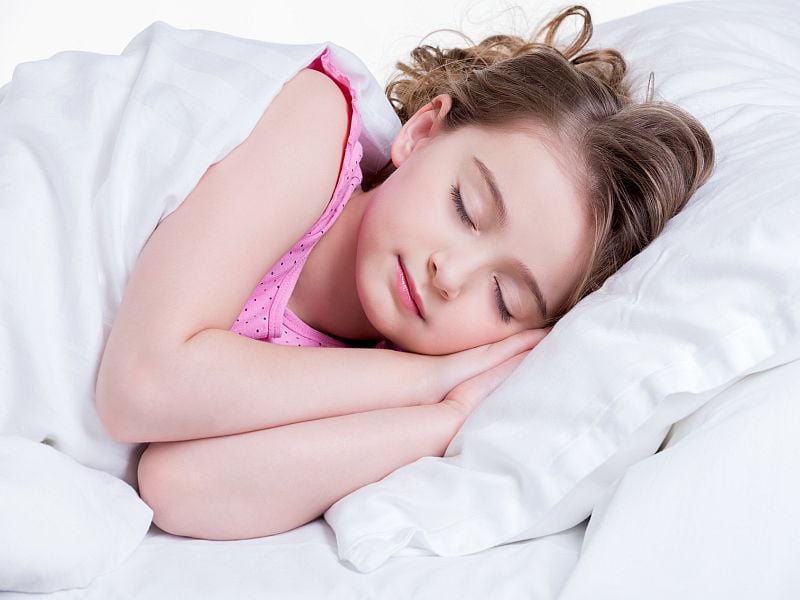Diminished functional capacity, reduced bladder compliance seen in refractory monosymptomatic and nonmonosymptomatic nocturnal enuresis
By Elana Gotkine HealthDay Reporter
MONDAY, Dec. 4, 2023 (HealthDay News) — Children with refractory monosymptomatic (MNE) and nonmonosymptomatic (NMNE) primary nocturnal enuresis have considerable prevalence of bladder function disorders, according to a study published in the October issue of Health Science Reports.
Farzaneh Sharifiaghdas, from the Shahid Beheshti University of Medical Sciences in Tehran, Iran, and colleagues enrolled 96 neurologically normal children aged 5 to 18 years (44 boys and 51 girls), 41 and 55 (38.8 and 61.2 percent) of whom had refractory MNE and refractory NMNE, respectively. Urodynamics of all children were assessed to detect any underlying bladder overactivity.
The researchers identified detrusor overactivity (DO), low bladder capacity, low compliance, and increased postvoid residual (PVR) in 70, 35, 43, and 76 patients, respectively. Mean bladder compliance was 21.66 ± 14.52 mL/cmH2O. Overall, 90.9 and 97.5 percent of the NMNE and MNE patients, respectively, had abnormal urodynamic findings. A significant relationship was seen between NMNE and increased PVR and abnormal voiding patterns. Significant associations were seen for both high PVR and DO with obstructive urinary symptoms. No significant association was observed for constipation and history of urinary tract infection with urodynamic study abnormality.
“These urodynamic findings offer valuable insights for guiding the assessment and tailored treatment of children grappling with primary refractory nocturnal enuresis,” the authors write.
Copyright © 2023 HealthDay. All rights reserved.








